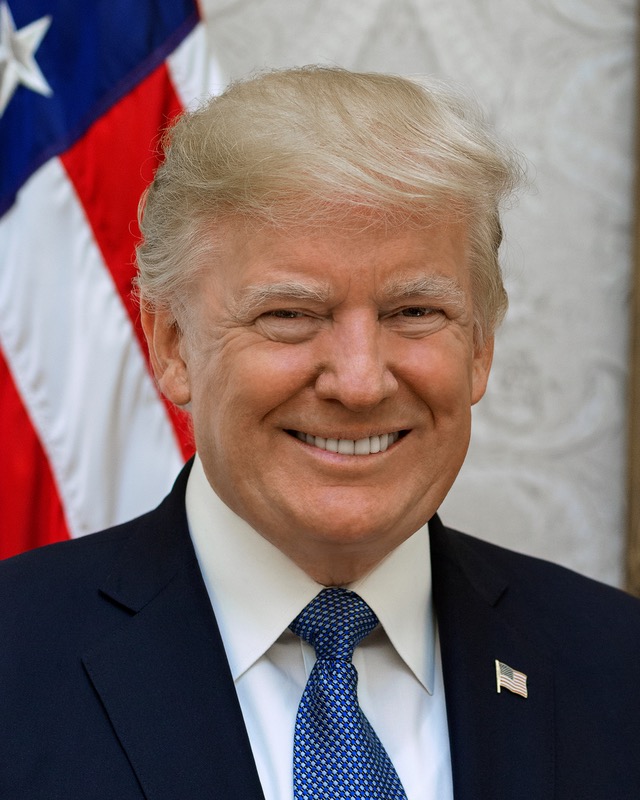Economy Adds 139,000 Jobs as Tariff Turmoil Fails to Trigger Recession Fears — For Now
WASHINGTON — The American jobs machine kept chugging along last month, defying predictions of doom as Donald Trump’s erratic trade war continues to wreak havoc on global markets.
Official data released Friday showed the US economy created 139,000 net new jobs during May — beating market expectations of 130,000 and providing a glimmer of hope that the world’s largest economy isn’t yet staring down the barrel of recession.
The unemployment rate held steady at 4.2% while hourly wages rose by 15 cents to $36.24 — a 3.9% annual increase that outpaces inflation and puts more money in workers’ pockets.
Stock Markets Surge
Wall Street breathed a sigh of relief as all three major indexes jumped about 1% at Friday’s open, with traders betting the Federal Reserve won’t need to slash interest rates to rescue a collapsing economy — at least not yet.
The dollar also strengthened as investors wagered that America’s economic resilience could weather Trump’s tariff tempest, which has seen import taxes reach their highest levels since the Great Depression.
The Trade War Toll
But beneath the headline numbers, cracks are beginning to show. The Labor Department quietly revised down its figures for March and April by a combined 95,000 jobs — suggesting the economy has been weaker than initially thought.
More worrying still: the employment-to-population ratio fell to 59.7%, its lowest since the pandemic, while labor force participation dropped 0.2 percentage points to 62.4%.
“I don’t want to play Debbie Downer by just reading the headlines and concluding nothing to worry about,” warned Gregory Daco, chief economist at EY-Parthenon. “In my opinion, we are starting to see an acceleration of labor market slowdown.”
Federal Jobs Massacre
Trump’s government efficiency drive, spearheaded by Elon Musk’s DOGE initiative, continues to decimate the federal workforce. Another 22,000 government jobs vanished in May alone, bringing total federal job losses to 59,000 since January.
The carnage comes as Trump’s tariff policies — which he claims will “Make America Great Again” — impose what amounts to an average tax increase of nearly $1,200 per US household in 2025.
Winners and Losers
Healthcare emerged as the bright spot, adding 62,000 jobs — well above its monthly average. Hospitals alone hired 30,000 workers as America’s aging population drives relentless demand for medical services.
Leisure and hospitality bounced back with 48,000 new positions, while restaurants and bars added 30,000 jobs as Americans continued dining out despite economic uncertainty.
But manufacturing — once the cornerstone of Trump’s economic promises — shed 1,000 jobs as factories struggle with soaring costs from tariffs on imported components.
‘On the Edge of a Cliff’
We’re on the edge of a cliff,” warned Tim Fiore, who oversees a monthly survey of factory managers. “Hopefully we won’t go over it but the signs right now are not positive, for sure.”
The Institute for Supply Management found factory orders and output declined in May while prices surged — with tariffs cited as managers’ biggest concern “by far.
Trump’s Victory Lap
Despite the mixed signals, President Trump took to Truth Social to declare victory: “AMERICA IS HOT! SIX MONTHS AGO IT WAS COLD AS ICE! BORDER IS CLOSED, PRICES ARE DOWN. WAGES ARE UP!”
Reality check: The economy actually added 212,000 jobs last November before Trump took office, unemployment was lower at 4.1%, and wage growth has actually slowed from 4.2% to 3.9%.
The Tariff Timeline
Trump’s trade war has lurched from crisis to crisis:
- February: 25% tariffs on Canada and Mexico, 10% on China
- March: Tariffs suspended, then reimposed, then partially suspended again
- April: Global 10% tariffs announced, markets crash, tariffs paused
- May: Partial truce with China reduces tariffs from 145% to 30%
The chaos has left businesses reeling. “The continued uncertainty means many truck drivers are barely working 40 hours a week,” said one California port official.
Fed Watching
The Federal Reserve faces a dilemma: solid job growth suggests no need for emergency rate cuts, but tariff-driven inflation threatens to force rates higher just as the economy shows signs of fatigue.
We expect to see further softening in the second half of 2025 as tariffs and other policy measures weigh more heavily on the economy,” predicted UBS economist Brian Rose.
Warning Signs Flash
Other data paints a darker picture:
- Weekly jobless claims hit their highest since October
- Private sector added just 37,000 jobs according to ADP — the lowest in two years
- Consumer confidence crashed to pandemic-era lows
- California ports report shipping cancellations exceeding COVID levels
The Bottom Line
Mark Zandi, chief economist at Moody’s Analytics, summed up the precarious situation: “We’re throttling back, and the damage from the trade war is still coming.”
For now, America’s jobs market remains resilient enough to keep recession fears at bay. But with Trump’s tariffs pushing up prices, federal workers getting pink slips, and factories struggling, the question isn’t whether the economy can avoid damage — it’s how much pain lies ahead.
As one economist put it: “The May employment report was mixed but doesn’t alter our assessment… We remain comfortable with the forecast for the Federal Reserve to wait until December before cutting interest rates as the inflation impact of tariffs is still coming and will be more visible this summer.
Translation: Buckle up, America. The trade war turbulence is just getting started.



